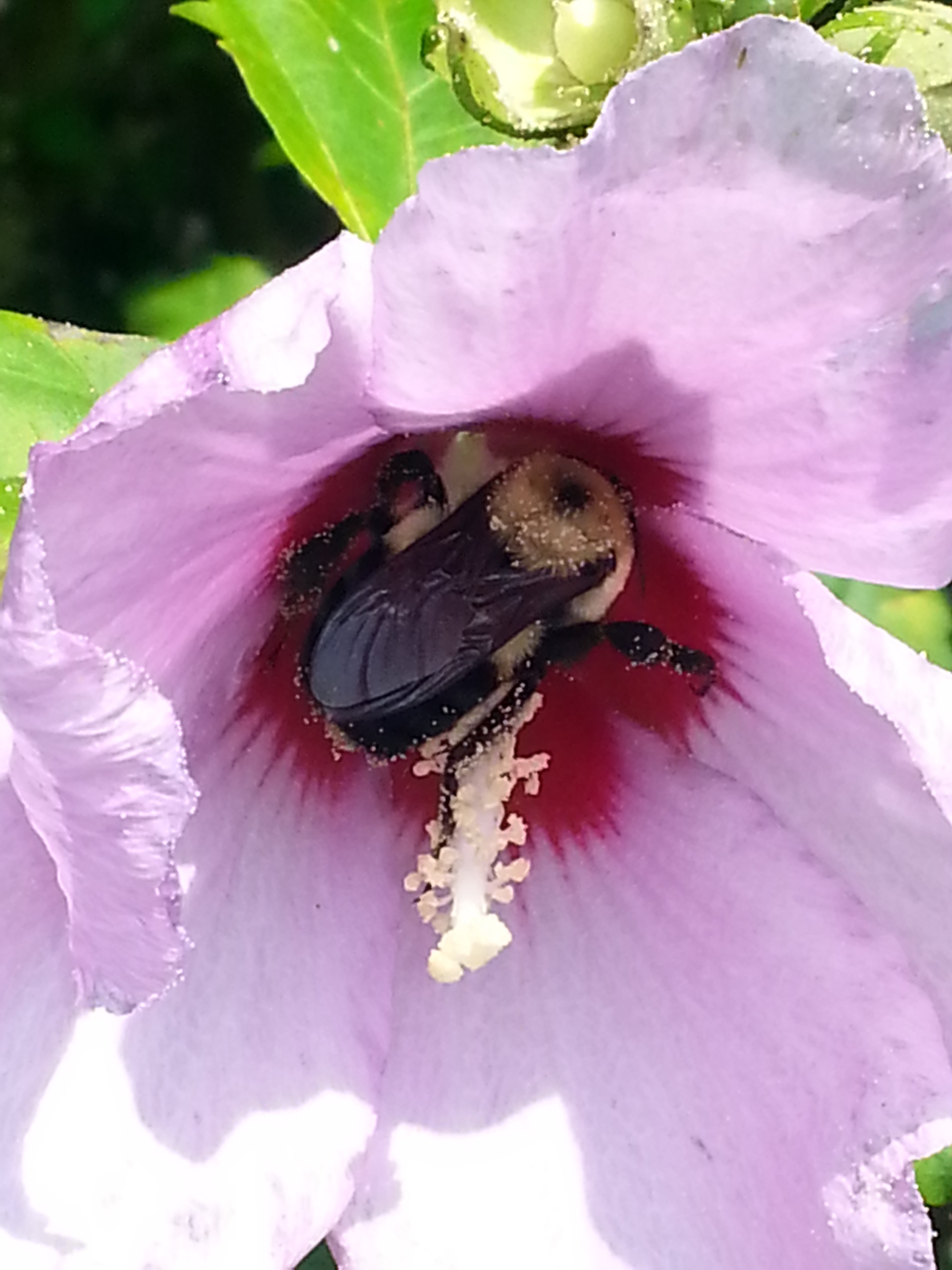Directly from Moon Tide’s editor, Eric Morago (because I am lazy, as you know): We hope you will join us for the official launch reading and party of Dark Ink: A Poetry Anthology Inspired by Horror on Saturday, November 3rd at The Whittier Museum in Whittier, CA.
Poets from the anthology will be reading and you will have an opportunity to purchase the book, along with other Moon Tide titles. There will be complimentary food and drink (including wine), a fun raffle, and other spooky surprises.
The event will start at 7 PM, but arrive a little early to get your copy of the book, a treat, and to check out the museum's awesome Halloween decorations.
Poets reading the night of the event are TBA, but some of the confirmed poets are: Ron Koertge, Alexis Rhone Fancher, Armine Iknadossian, Daniel McGinn, Sonia Greenfield, and Mariano Zaro.
We will update the full list of poets as the date draws closer. You can stay up to date by checking the Facebook event page here.
The Whittier Museum is located at: 6755 Newlin Ave. Whittier, CA 90601.
We are SO proud of this anthology and cannot wait to share it with you. Please mark your calendars; we hope you will join us in celebrating this book and the poets who make it so special!
And don't forget...this reading is absolutely FREE and open to the public.


























